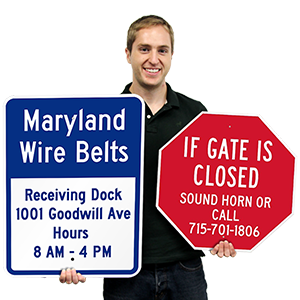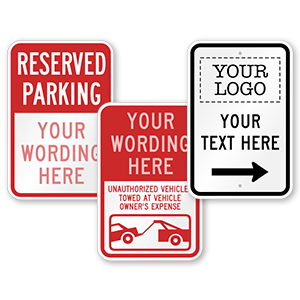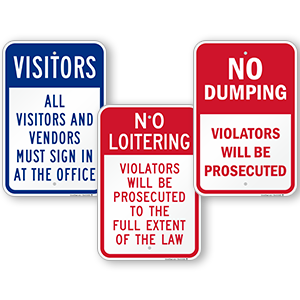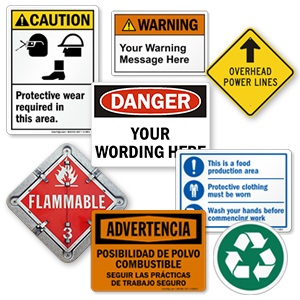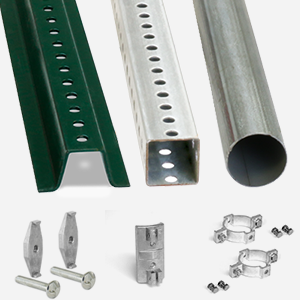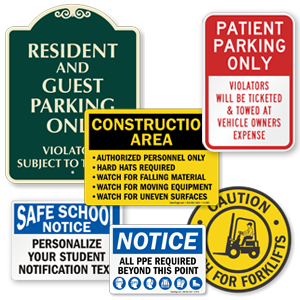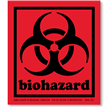OSHA and needlestick injury

Needlestick and sharps injuries are common in the healthcare industry, but that’s not the only place. [Photo by Melissa P, used with a Creative Commons license.]
In the medical world, sharps injuries are probably one of the most common safety hazards. The CDC estimates that there are well more than half a million sharps injuries in healthcare every year; that’s nearly a thousand needlesticks in U.S. hospitals every day. When it comes to needlestick, an ounce of preventive action is worth more than a pound of cure. The strongest barrier of defense for those healthcare workers will be personal protective equipment like gloves, which can make the difference when a fraction of an inch of surprisingly tough latex is protecting your fingers from the needle. The type of needle matters, too; during surgery, research has shown that using blunt-tip suture needles dramatically reduce instances of needlestick, causing OSHA and the FDA to jointly recommend adopting them in surgical settings in a recent bulletin.

This floor sign reminds workers to wear protective gloves. A fraction of an inch of protection can prevent a needlestick injury, which can result in the accidental transmission of infection and disease (via MySafetySign.com).
It’s also critical that healthcare workers – and anyone self-injecting for any purpose – dispose of the needles by using proper biohazard storage, and that they do so immediately. In dental practices, where the dentist and hygienist are working in a small space with lots of tools and machinery, it’s common to drop a used syringe onto those metal trays by their side, but what happens when a hygienist carries that shallow tray out into the busy corridor once the patient’s visit is over? He or she might bump into someone and when the tools go flying, so does the contaminated needle. Training workers about best practices and behavior is critical in a medical setting, both to ensure your own safety, and the safety of those handling potentially dangerous waste down the line.
In case you think it’s only healthcare workers that would have to worry about bloodborne diseases and contaminated needles, you might be surprised who can find themselves at risk. In our apartment building recently, the superintendent was moving the trash to the curb when he felt a tiny stab. One of the residents of the building had failed to properly dispose of used syringes for his insulin, and now our superintendent had a potential health hazard on his hands – literally. He checked himself out at the local ER for all the potentially transmitted infections and thankfully was fine, but the scare prompted the building to provide strong disposable latex gloves for all our maintenance workers.

PPE and safety training are just as important for your maintenance staff, who might not know what’s in the trash. [Via MySafetySign.com]
While a needlestick injury is less common in the waste management industry, it’s just as serious for those workers as for the nurses and doctors, but they often don’t have the same levels or frequency of training and proper protective equipment. But the needles don’t discriminate who they prick, and they’re serious (but preventable!) hazards for anyone exposed to them.

